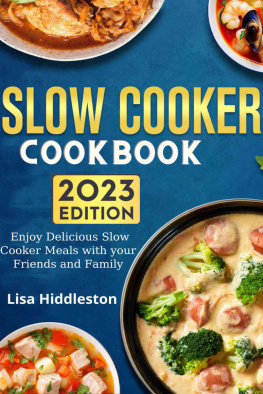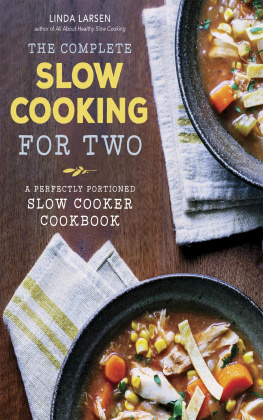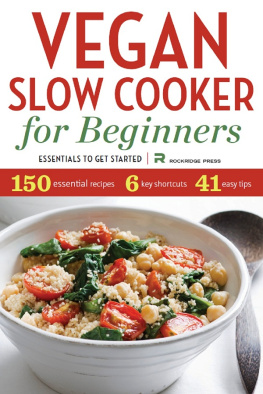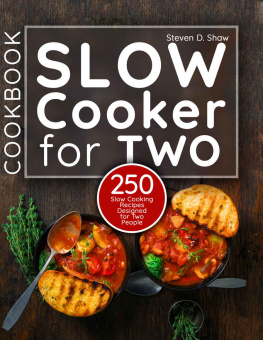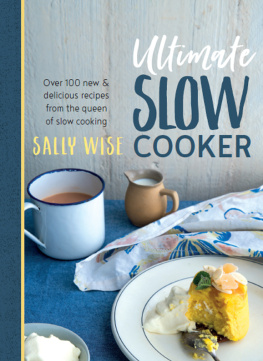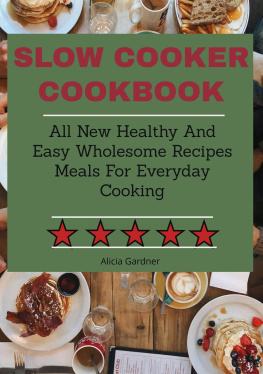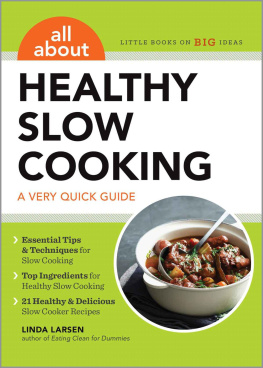Copyright 2014 by Mendocino Press, Berkeley, California
No part of this publication may be reproduced, stored in a retrieval system, or transmitted in any form or by any means, electronic, mechanical, photocopying, recording, scanning, or otherwise, except as permitted under Section 107 or 108 of the 1976 United States Copyright Act, without the prior written permission of the publisher. Requests to the publisher for permission should be addressed to the Permissions Department, Mendocino Press, 918 Parker St., Suite A-12, Berkeley, CA 94710.
Limit of Liability/Disclaimer of Warranty: The publisher and the author make no representations or warranties with respect to the accuracy or completeness of the contents of this work and specifically disclaim all warranties, including without limitation warranties of fitness for a particular purpose. No warranty may be created or extended by sales or promotional materials. The advice and strategies contained herein may not be suitable for every situation. This work is sold with the understanding that the publisher is not engaged in rendering medical, legal, or other professional advice or services. If professional assistance is required, the services of a competent professional person should be sought. Neither the publisher nor the author shall be liable for damages arising herefrom. The fact that an individual, organization, or website is referred to in this work as a citation and/or potential source of further information does not mean that the author or the publisher endorses the information the individual, organization, or website may provide or recommendations they/it may make. Further, readers should be aware that Internet websites listed in this work may have changed or disappeared between when this work was written and when it is read.
For general information on our other products and services or to obtain technical support, please contact our Customer Care Department within the United States at (866) 744-2665, or outside the United States at (510) 253-0500.
Mendocino Press publishes its books in a variety of electronic and print formats. Some content that appears in print may not be available in electronic books, and vice versa.
TRADEMARKS: Mendocino Press and the Mendocino Press logo are trademarks or registered trademarks of Callisto Media Inc. and/or its affiliates, in the United States and other countries, and may not be used without written permission. All other trademarks are the property of their respective owners. Mendocino is not associated with any product or vendor mentioned in this book.
ISBN: Print 978-1-62315-386-1 | eBook 978-1-62315-287-8
Introduction
M ost people associate slow cookers with their mothers pot roast or big batches of game-day chili, but when youre cooking for two, these handy appliances are your best friends, enabling you to whip up great meals with little mess and even less waste.
With schedules becoming ever more hectic, everyone is looking for ways to save time in the kitchen, but we still want to eat food that is healthful and tastes good. Having a slow cooker or two allows you to prepare meals hours in advance, leave the house while your food cooks, and return to a fuss-free dinner that is ready to eat.
In this book, you will learn how to prepare delicious and nutritious meals in a small slow cooker that will feed just the two of you. While more than 80 percent of American households own a slow cooker, most recipes are developed for the larger appliances, serving four to six people. Unfortunately, you cant just put less food into a slow cooker for a smaller yield; you have to use a smaller appliance. All of the recipes in this book were developed for the 1- to 2-quart slow cookers. You can use either one for all of these recipes.
You will learn a little about the mechanics of the slow cooker as well as the benefits of this cooking technique and tips for success. Youll also learn what to stock in your pantry, how to shop for two, and easy and fun ways to prepare and store food safely.
A slow cooker not only saves time; it also saves money and can improve your health. With little preparation and long cooking times, you dont have to spend much time in the kitchen to produce excellent meals with this appliance. Cooking at home rather than eating out or buying prepackaged processed food is less expensive and helps you avoid additives such as salt, sugar, fat, colorings, and other chemicals that may adversely affect your health. And the food that comes out of the slow cooker is deliciouswell seasoned, tender, and perfectly cooked.
While slow cooking is easy, cooking for two does present some challenges. Recipes that produce just enough food for two people are fairly rare, and not all higher-yield recipes work well when the ingredients are simply halved. Certain ingredients are also packaged in larger quantities than what youll need for two servings. While cooking for two, youll have to take some time to wrap and freeze ground beef and chicken from larger packages, or safely store canned and jarred ingredients if all are not used in a recipe. Youll also have to learn how to shop differently, choosing smaller quantities and seeking out smaller prepackaged food items.
But there are advantages to cooking in small quantities, too. When youre cooking for two, you can splurge occasionally on special ingredients that would simply be prohibitive to buy in large quantities, such as exotic mushrooms, lobster, asparagus, saffron, or fresh berries that are out of season.
This book will help you use simple cooking techniques to get the most out of your smaller slow cooker. Youll learn how to cook an entire meal in the slow cooker using cooking bags, and get tips for getting the most out of meats and vegetables with some judicious precooking. And when a recipe serves more than two, youll find tips and easy recipes to turn leftovers into another feast.


PART ONE
Getting Started with Slow Cooking


CHAPTER ONE
The Basics of Slow Cooking
The slow cooker is very easy to use, but there are some rules you need to follow for best results. First, its important to understand how this jack-of-all-trades appliance operates. The slow cooker consists of a heating element that completely surrounds a crockery or stoneware insert. The insert is either removable or attached to the heating element. The insert heats up and maintains a constant heat so the food cooks slowly and gently. The lid on the slow cooker keeps steam inside the appliance, trapping flavors and nutrients. It also forms a seal with the insert, so the temperature inside the appliance stays constant.
The slow cooker heats up rapidly to bring the food quickly above the danger zonefrom 40F to 140Fwhere bacteria can grow and thrive. Then the temperature stays constant to finish cooking the food. Recipes usually have a cooking time of six to eight hours. That long time period lets flavors develop and makes meat and vegetables extra tender.
You can cook some surprising foods in the slow cooker. Recipes such as casseroles, soups, and stews, of course, are a natural for this appliance. But did you know you can also make cheesecake, main-dish salads, risotto, sandwich fillings, and roasted vegetables in the slow cooker? This appliance can be more versatile than you ever dreamed.



